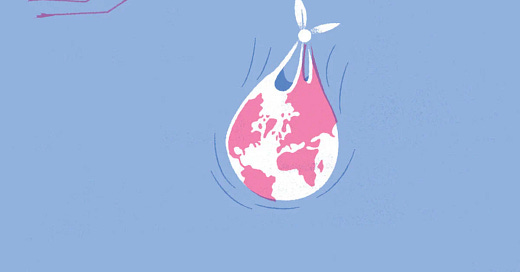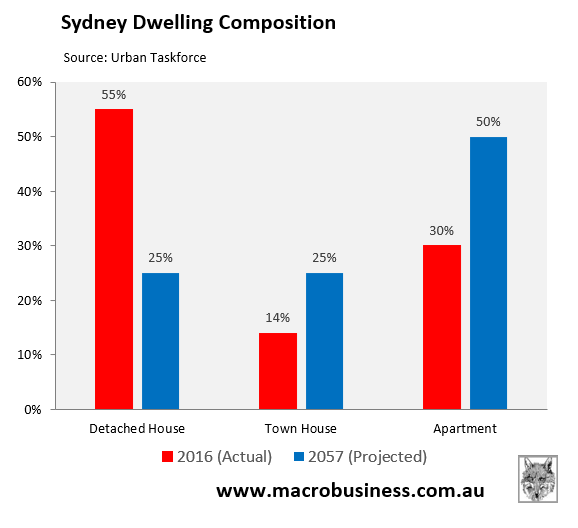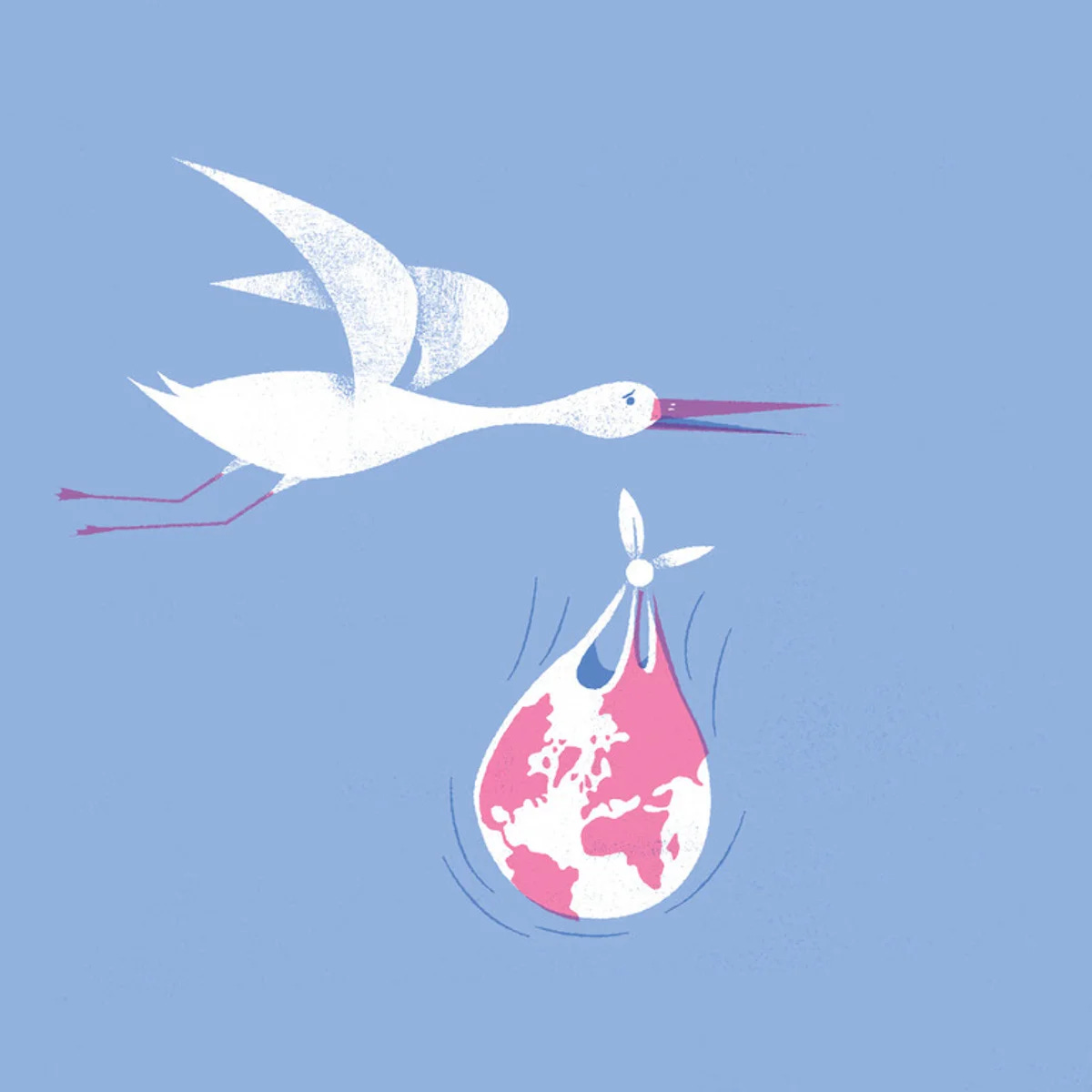Importing the Future, Abandoning Our Own
As the cost of raising a family soars, the dream of parenthood becomes a distant indulgence.
“The more we import to solve our fertility crisis, the less viable child-rearing becomes.”
There was once a time, within living memory, when to have children was not considered a luxury but a duty, a joy, and the natural extension of a stable life in a civilised society. In postwar Australia, family formation was expected and economically supported. The family home was not a speculative asset but a birthright. A nation defined by space, security, and fertility now finds itself mired in sterility, both literal and cultural.
The latest figures from the Australian Bureau of Statistics reveal the quiet devastation. Natural population increase has collapsed to a near-record low, driven by a fertility rate of just 1.50, far below the replacement level of 2.1. Births are down. Deaths are up. The crude birth rate now sits at 10.7 per thousand, the lowest in recorded history.
The nation is shrinking from within. And still, our political class refuses to look beyond spreadsheets and GDP curves.
Instead of addressing the structural collapse of native fertility, the solution, almost ritualistic in its repetition, is to import people en masse. Immigration has become a crutch for demographic dependency. The effect is a self-defeating loop: the more we import to ‘solve’ our fertility crisis, the less affordable and viable child-rearing becomes.
The economics are merciless. CoreLogic data shows housing affordability has reached its nadir. Mortgages are unaffordable, rents are soaring, and the median age of parenthood continues to rise. HSBC research shows that a mere 10% rise in house prices results in a 1.3% drop in birth rates. Among renters, the decline is even sharper.
We are not facing a baby bust, we are manufacturing one.
The crisis is not simply economic. It is metaphysical. Australia’s migration-housing complex has transformed the physical structure of our cities and, with it, the moral architecture of our society. Where once suburban homes fostered community and continuity, now the skyline is littered with towers, anonymous, atomised, infertile.
The Australian home is now solely a commodity, its value tied not to children’s footsteps on wooden floors, but to speculation, capital inflows, and an immigration Ponzi scheme that suppresses wages, distorts prices, and hollows out belonging.
What has emerged is a profound inversion: a nation once built for families now punishes them. Parenthood has become a lifestyle choice, affordable only to the dual-income professional class. For the average couple, children represent not renewal, but risk.
Behind the demographic data is a spiritual malaise, a postmodern ethos that prioritises personal autonomy over continuity and consumption over sacrifice. It is telling that even as fertility declines, policymakers crow about ‘diversity’ and ‘growth,’ mistaking aggregate numbers for national vitality. But a nation that cannot reproduce itself is not growing. It is dissolving.
In the end, this is not just about economics or birthrates. It is about what kind of country we wish to be: a civilisation that reveres family, land, and posterity or a transactional zone where the cost of a child is too high and the meaning of life too low.
The hour is late. Fertility is not just a private matter, it is a national one. A society that forgets this truth will soon forget itself.









And as usual, the elites want this to happen. They think that downsizing the population of natural-born citizens is good. This continued diversity and immigration is the best nonsense. All of this fits the goals of the elites. As they are taking care quite well of themselves, the rest of us, oh well.
All along, the politicians, you know, those folks that we elect to ensure our best interests are taken care of, sit and do nothing but tell us what's good for us. And this isn't good for us.